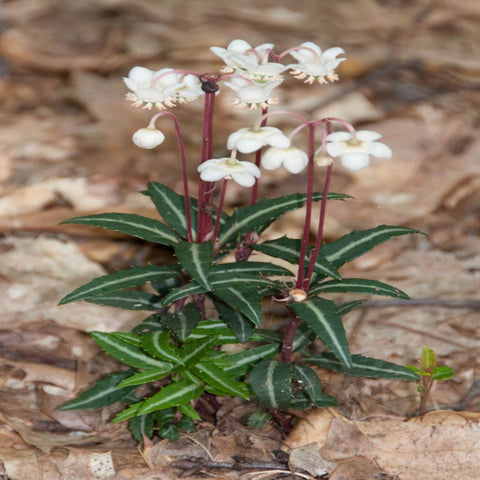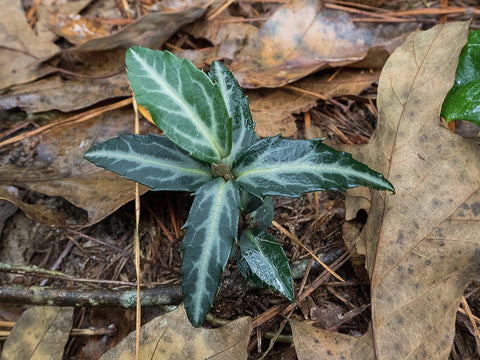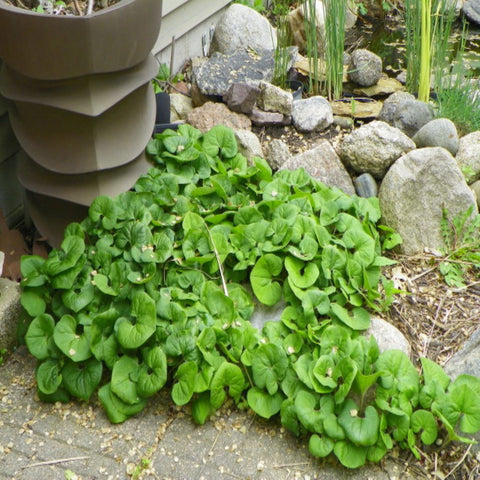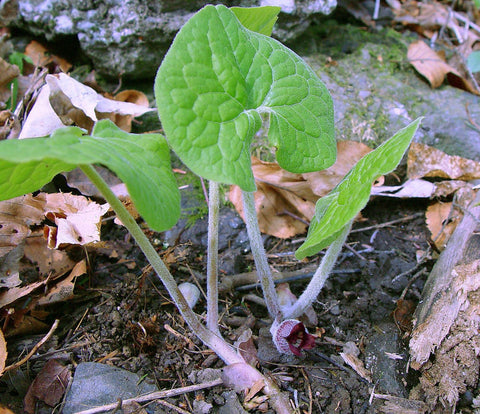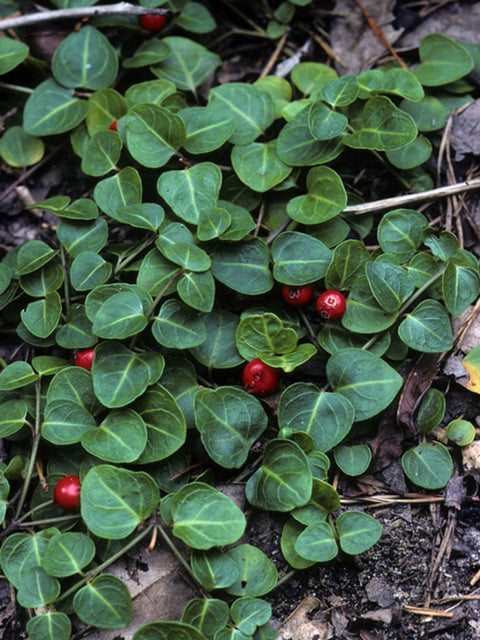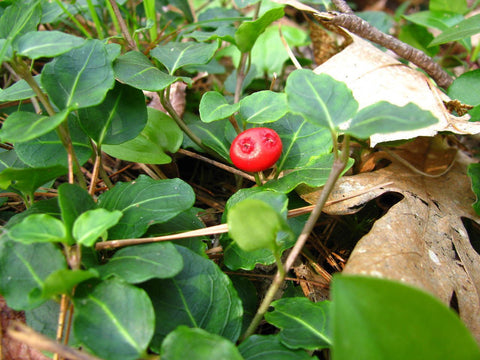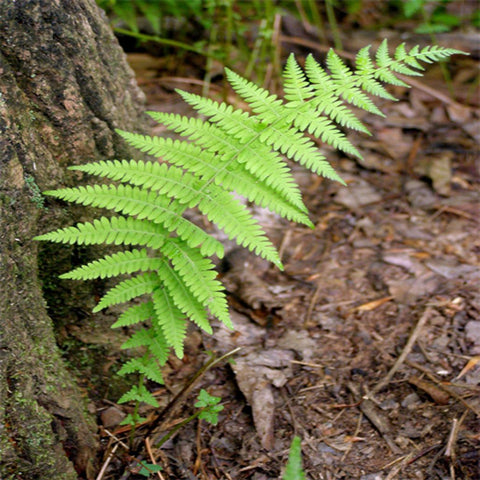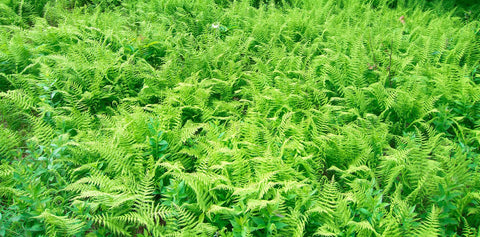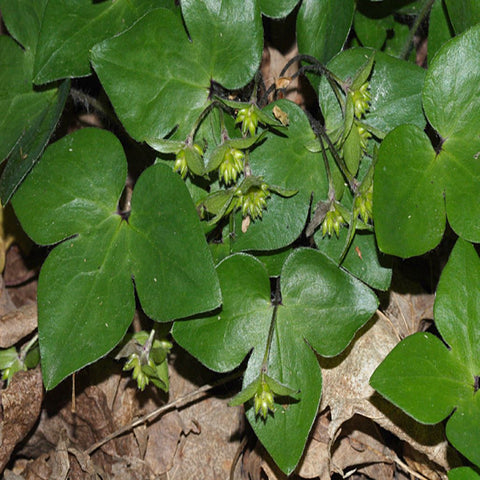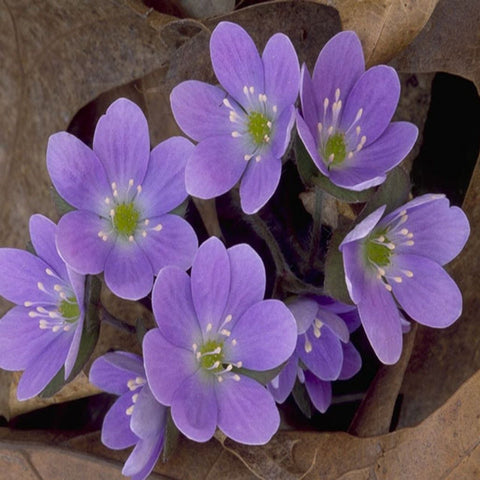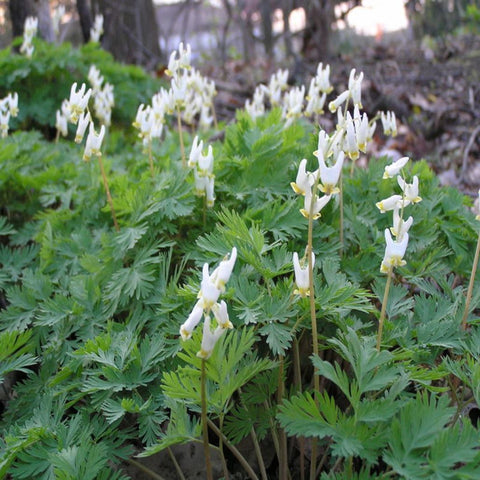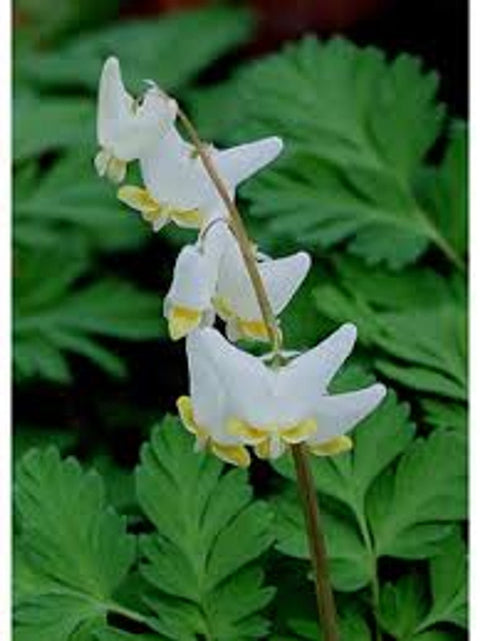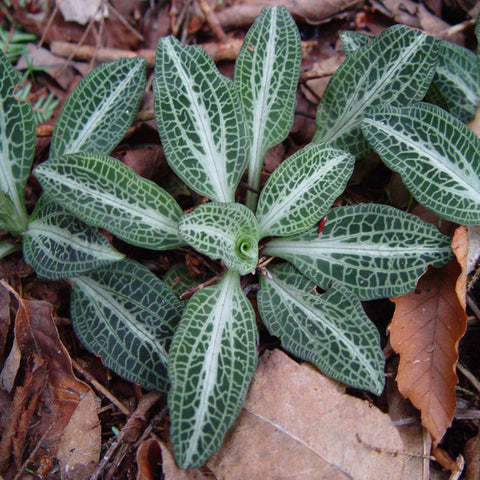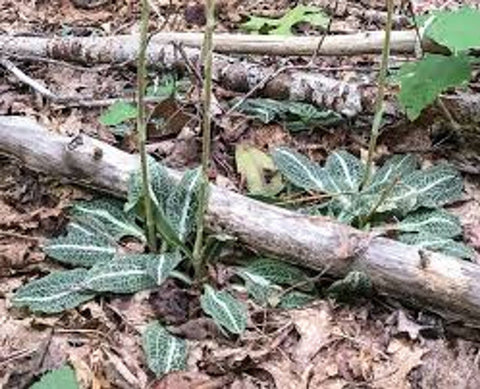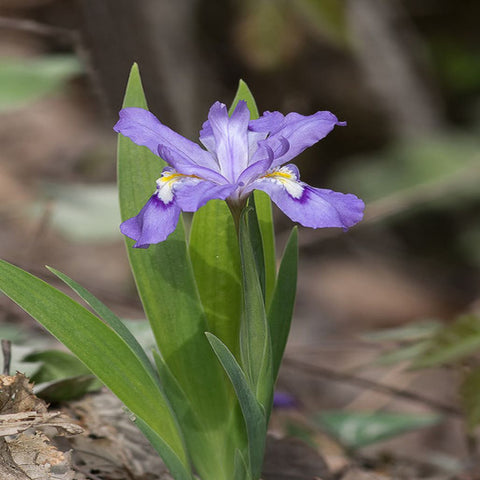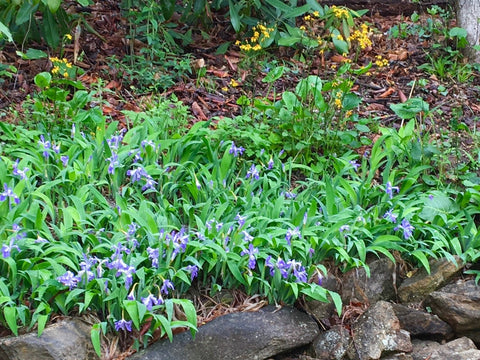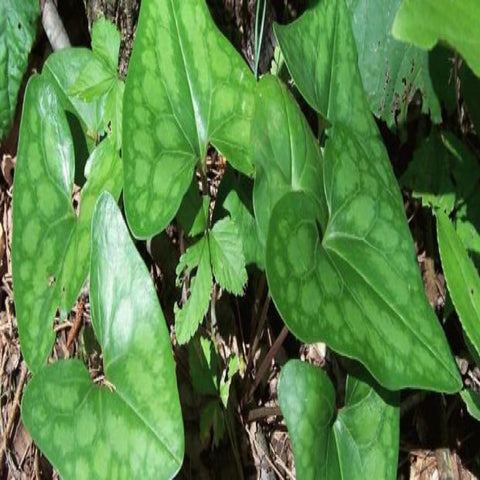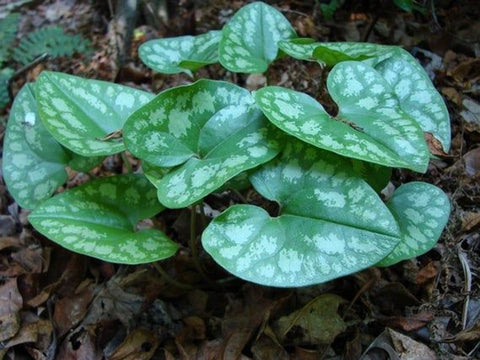9 products
Native Ground Covers
Native ground covers are plants indigenous to a particular region and well adapted to the local climate and soil conditions. They are typically low-growing plants that spread out to form a dense, low-maintenance carpet of foliage, making them an excellent choice for use as ground covers. Native ground covers are often used in landscaping to cover large areas of ground, prevent soil erosion, and add visual interest to outdoor spaces.
Some examples of native ground covers include:
Creeping phlox (Phlox subulata): This low-growing, mat-forming plant produces masses of small, fragrant flowers in shades of pink, purple, blue, and white in the spring.
Wild ginger (Asarum canadense): This shade-loving plant produces heart-shaped leaves and small, inconspicuous flowers in the spring and is often used as a ground cover in woodland gardens.
Dwarf crested iris (Iris cristata): This plant produces clumps of narrow, sword-shaped leaves and small, delicate blue or purple flowers in the spring.
Using native ground covers in your landscaping can help support local ecosystems and reduce the need for water, fertilizer, and pesticides. They also provide essential habitats for native wildlife, including pollinators and other beneficial insects.
The blooming period for native ground covers can vary depending on the specific plant species, climate, and location. Generally, most native ground covers bloom in the spring or early summer, although some may also bloom in the fall or winter.
For example, Creeping phlox (Phlox subulata) typically blooms in the spring, producing masses of small, aromatic flowers in pink, purple, blue, and white hues. Wild ginger (Asarum canadense) has little, inconspicuous flowers in the spring, while Dwarf crested iris (Iris cristata) produces delicate blue or purple flowers in the early spring.
Bearberry (Arctostaphylos uva-ursi) produces pink or white flowers in the spring, and Virginia creeper (Parthenocissus quinquefolia) has greenish-white flowers in the summer.
It's essential to research the specific native ground cover species you want to plant to determine its particular blooming period and other care requirements. This information can help ensure that your plants thrive and provide the desired visual and ecological benefits in your landscape.
Low-maintenance: Native ground covers are generally low-maintenance plants that require less watering, fertilizing, and pruning than many other landscaping plants. Once established, they can form a dense carpet of foliage that suppresses weed growth and reduces the need for additional maintenance.
Erosion control: Native ground covers can help prevent soil erosion by protecting the soil with their dense root systems and protecting it from the impact of rainfall.
Wildlife habitat: Native ground covers can provide critical habitat for local wildlife, including pollinators, birds, and other beneficial insects. They can also support biodiversity by providing food and shelter for various species.
Aesthetics: Native ground covers can add visual interest to your landscape by providing a colorful and varied tapestry of foliage and flowers. They can also help create a more natural and organic look in your garden or yard.
Environmental benefits: Planting native ground covers can help support local ecosystems and reduce the need for water, fertilizer, and pesticides, and can have positive ecological impacts, such as reducing water pollution and promoting soil health.
Planting native ground covers is a sustainable and attractive landscaping choice that can benefit your property and the surrounding environment.

